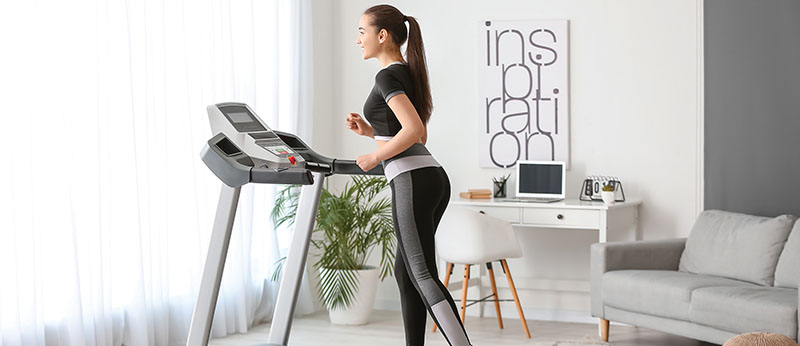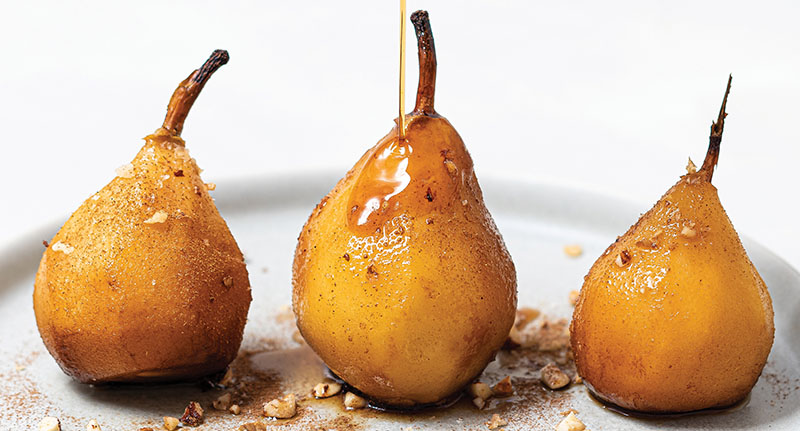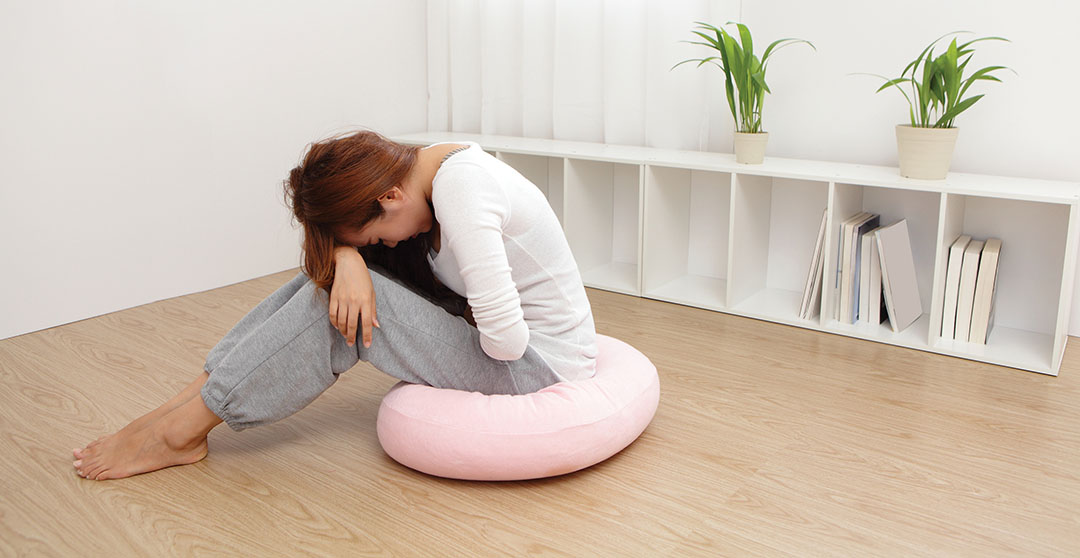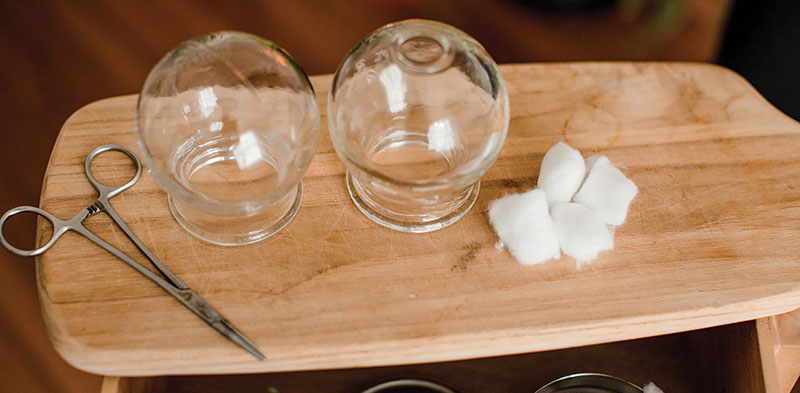
Shifting Wellness Attitudes Shape 2022 Fitness Trends
In adjusting to the constraints of the pandemic, many Americans had to improvise where and how they work out. After months of adapting to a “gym anywhere” mentality and learning to accommodate more flexible workout schedules, this new fitness mindset is inspiring some larger trends for healthier living.
“We’ve learned that wellness is not one-size fits all, and that it’s achieved by small habits like regular hydration that can really impact how you feel throughout the day,” said celebrity fitness trainer Harley Pasternak, MsC. “Collectively, nourishing both body and mind together as one makes holistic health a sustainable lifestyle.”
Pasternak and the experts at Propel Fitness Water are forecasting five fitness and wellness trends to watch for in 2022:
Accountability Buddies
When gym closures ran rampant, folks leaned on others for inspiration to get moving, so it’s no surprise working out in pairs (or more) is a continued way to focus on fitness. Feelings of burnout may be common heading into 2022, so having a partner who gives you a healthy sense of camaraderie and competition can help push you to show up on days when you’d rather rest and stay committed to your goals. It also provides a sounding board when you need suggestions for nutritious recipes or fresh at-home cardio ideas.
Versatility in Gym Spaces and Schedules
When a large segment of the workforce started working from home, the rituals of before- and after-work gym visits fell by the wayside. People grew more accustomed to improvising where they work out, whether it was their neighbor’s garage, their living room or a running path in the city. As exercisers are less beholden to studio or gym schedules, the “gym anywhere” mentality is a level of flexibility many are holding on to, even as they ease back into more normal work routines.
Health in Small, Achievable Doses
This trend is all about recognizing health transformations don’t happen overnight, and even modest steps can make a big difference in how you feel throughout the day. One example is paying more attention to your hydration. If you aren’t properly hydrated, few other things tend to go right either. Small habits like throwing Propel Powder Packs into your gym, work or school bag can make a difference. Filled with enough electrolytes to replace what is lost in sweat, they are handy for on-the-go hydration and are easy to add to a water bottle.
Wellness Goals vs. Fitness
Committing to overall wellness is more about lifestyle changes than numbers like weight loss or muscle mass. People embracing this trend are forgoing numeric goals based on performance in the gym or on the scale and instead emphasizing outcomes that affect life, nourishing both body and mind together as one. Fitness goals are an essential component, but so is supporting your mental health as well as being cognizant of what you’re putting into your body. When each piece is well taken care of, your body is better able to work like a well-oiled machine.
Low-Impact Workouts
This year, walking treadmill challenges gained virality on social media, marking the increasing popularity of workouts that are low impact yet effective. Getting moving is the key, even if it means taking your tempo down. You don’t need to do hours of HIIT every day to see results. In fact, less time- and energy-intensive workouts are easier to sustain and can often yield the same, or better, results.
Find more hydration options and wellness tips at propelwater.com.





